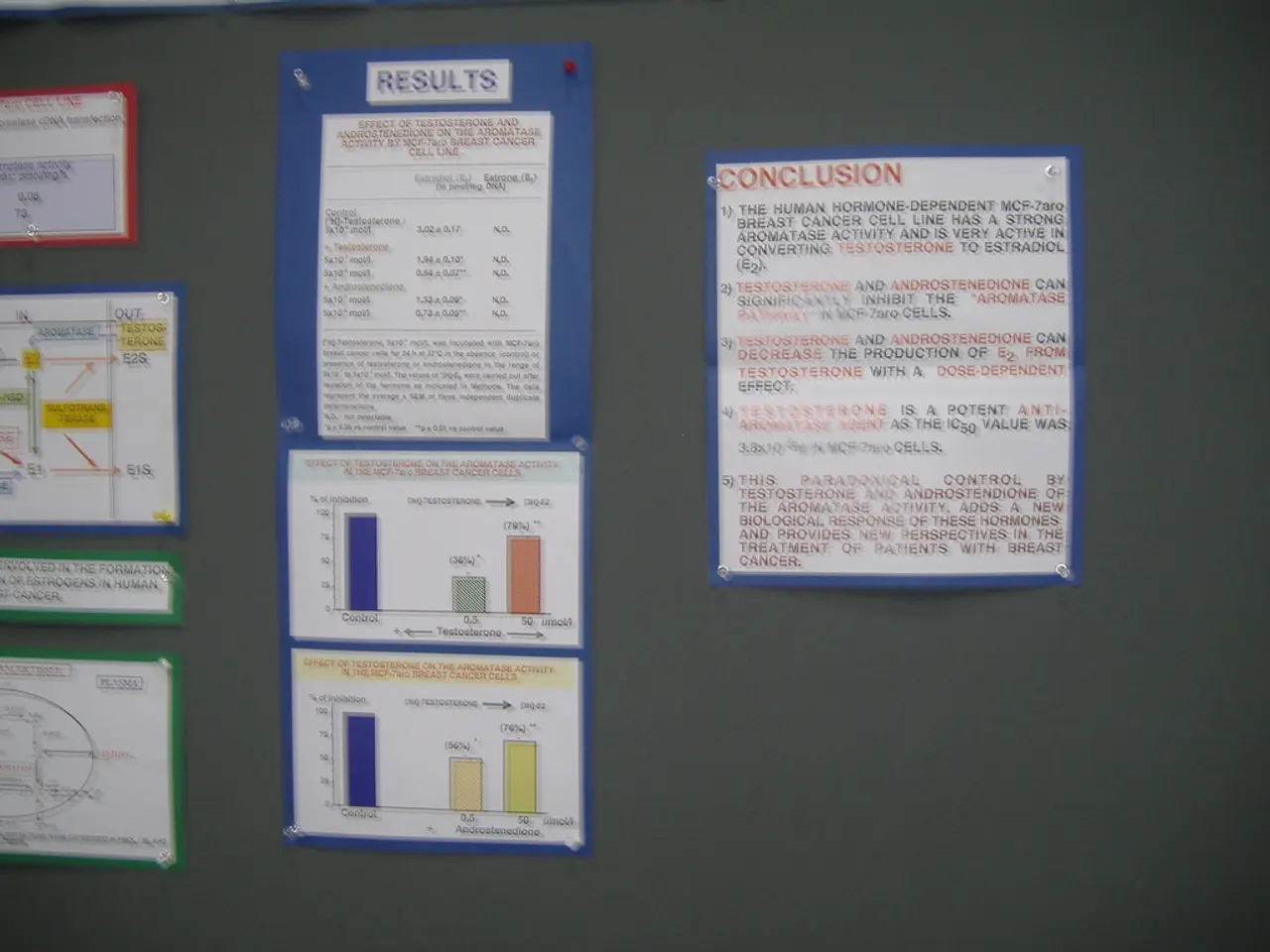NLRB in Crisis: One Member Remains as Unions Bypass Agency
The National Labor Relations Board (NLRB) faces a critical situation with only one member remaining, David Prouty, due to recent vacancies and dismissals. Despite the Senate HELP Committee approving one of President Trump's nominees, the NLRB will lack a quorum to act. This comes as unions attempt to bypass the NLRB by having union-friendly states, such as California and New York, take over its enforcement duties.
The NLRB's current predicament is due to a combination of factors. Recent vacancies and dismissals have left it with just one member, David Prouty. Meanwhile, the Senate HELP Committee has approved James Murphy for the NLRB but delayed a vote on Scott Mayer, further complicating the situation.
Unions, frustrated with the NLRB's inactivity and perceived bias, have turned to state governments for support. California and New York have passed laws allowing workers to file complaints with state labor agencies if the NLRB is inactive. Similar legislation has been introduced in Massachusetts, with unions lobbying other union-friendly states to follow suit. This shift could significantly alter the landscape of labor relations in the U.S.
The NLRB's lack of quorum, coupled with unions' efforts to circumvent its authority, raises questions about the future of labor relations in the U.S. With California and New York already implementing state-level solutions, other states may follow suit, potentially leading to a patchwork of labor laws across the country. The NLRB's history of flip-flopping based on its members' political leanings has further exacerbated these tensions, highlighting the need for a more stable and balanced approach to labor relations in the United States.
Read also:
- American teenagers taking up farming roles previously filled by immigrants, a concept revisited from 1965's labor market shift.
- Weekly affairs in the German Federal Parliament (Bundestag)
- Landslide claims seven lives, injures six individuals while they work to restore a water channel in the northern region of Pakistan
- Escalating conflict in Sudan has prompted the United Nations to announce a critical gender crisis, highlighting the disproportionate impact of the ongoing violence on women and girls.







